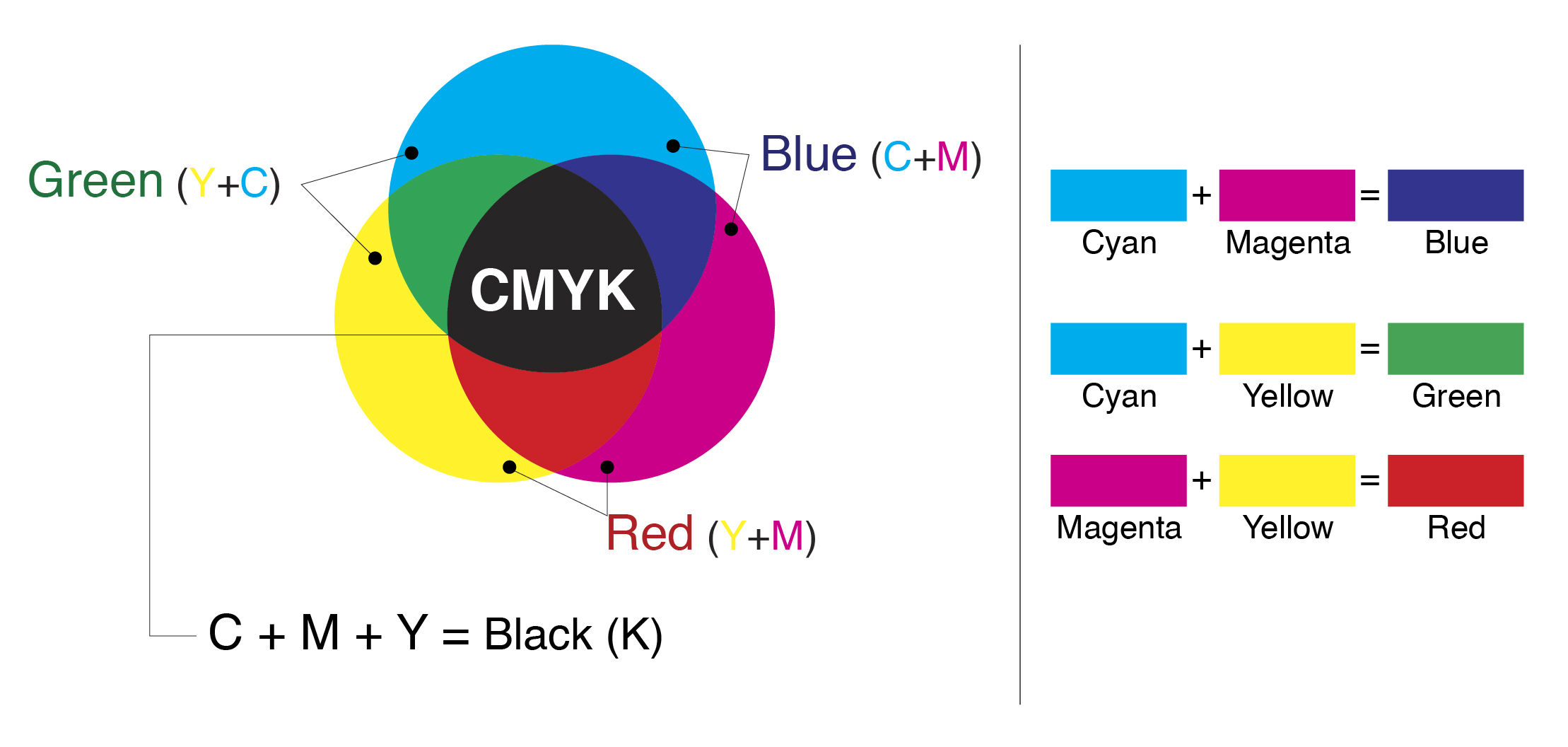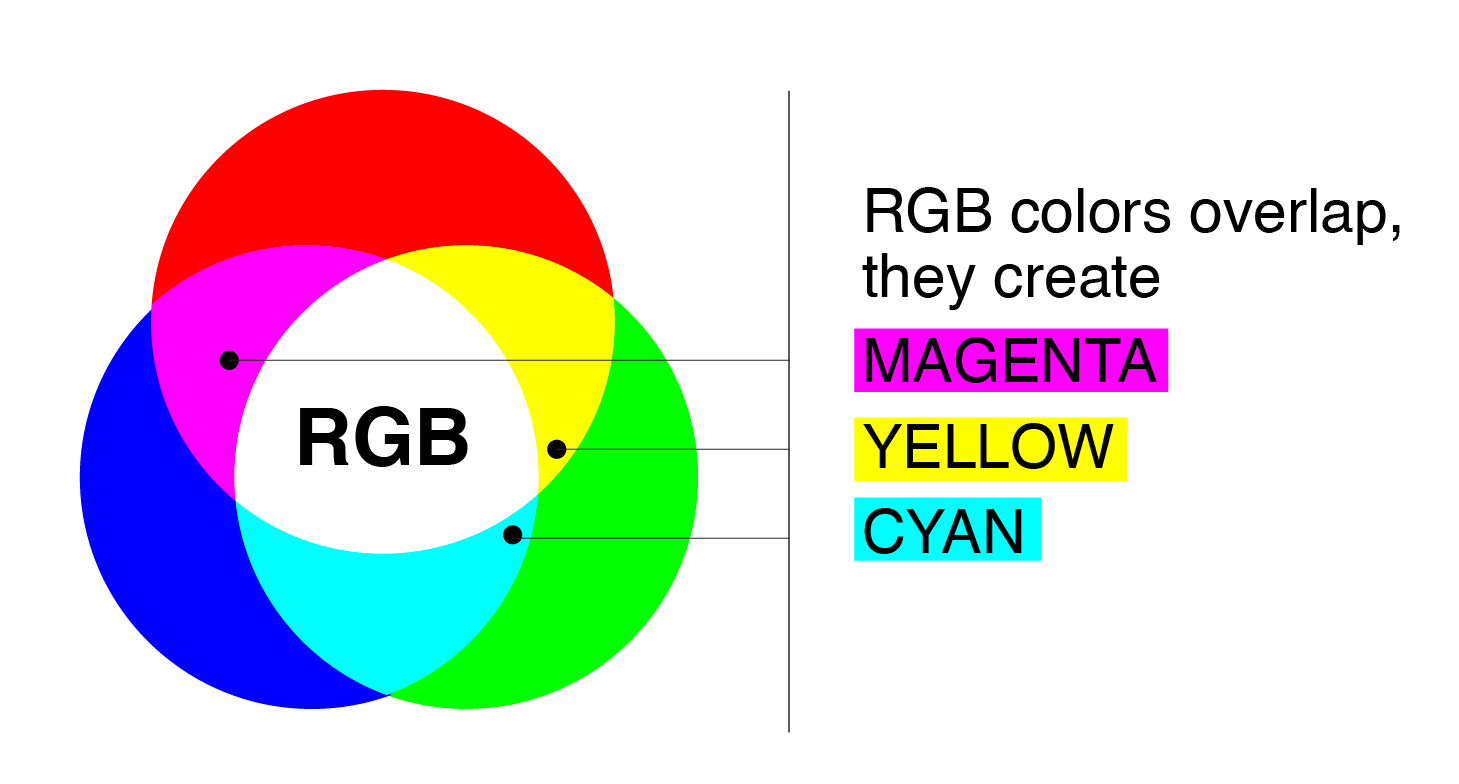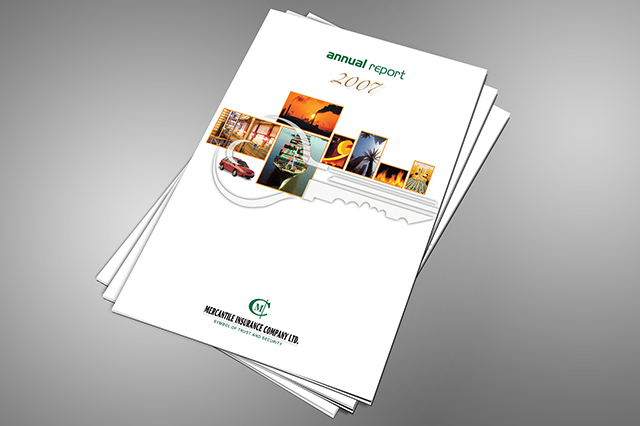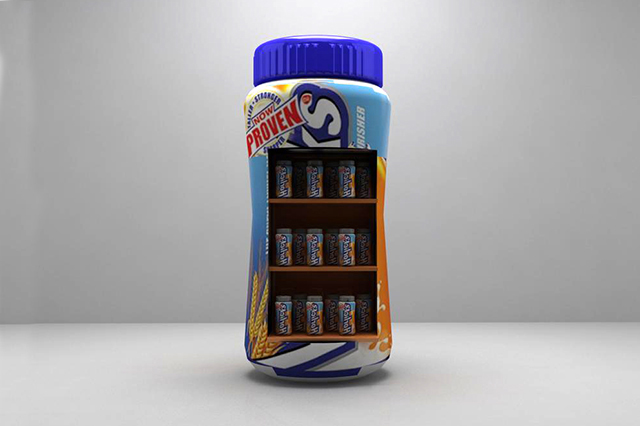Colors
What is Color?
A component of light that is separated when it is reflected from an object is what is meant by color (American English) or color (Commonwealth English). To view the color, light is required. When light strikes an item, some colors radiate outward, while others are absorbed. Our eyes can only perceive colors that bounce or reflect.
But in art design, there are many color attributes that are essentially thematic. These share qualities when two or more colors are combined to produce an eye-catching appearance.
Adobe Illustrator Color
There are two varieties of Adobe Illustrator Document Color Mode: (i) CMYK, and (ii) RGB
(i) CMYK:
meaning black, yellow, magenta, and cyan. Its foundation is the light-absorbing properties of ink on paper. All hues become black when pure cyan, magenta, and yellow pigments are mixed and absorbed or subtracted. For this reason, they are called subtraction colors. CMYK process inks have a value range of 0% to 100%. The best file formats for CMYK are PDF, EPS, and AI.

For any project design that will be physically printed and not be viewable on a screen, we use CMYK.
CMYK projects include:
1) Branding: stationary, stickers, signs, business cards, and letterhead.
2) Advertising: car wraps, billboards, periodicals, brochures, posters, leaflets, and flyers.
3) Products like T-shirts, caps, pens, and mugs.
4) Important supplies: product packaging and menus.
(ii) RGB:
translates to red, green, and blue. RGB colors are called additive colors because white is the result of adding R, G, and B. RGB elements are capable of using the value “white,” or between 0 and 255. RGB color is used in lighting, cameras, televisions, computers, and mobile devices like tablets and smartphones. JPG, PNG, and GIF are the best file formats for RGB images.

RGB projects include:
1) Web and app design: Icons, web buttons, and app design graphics.
2) Branding: Online advertisements, banners, and logos.
3. Social media: Status updates, cover photos, and backgrounds.
4) Visual content, including infographics, digital graphics, and video animations.





















